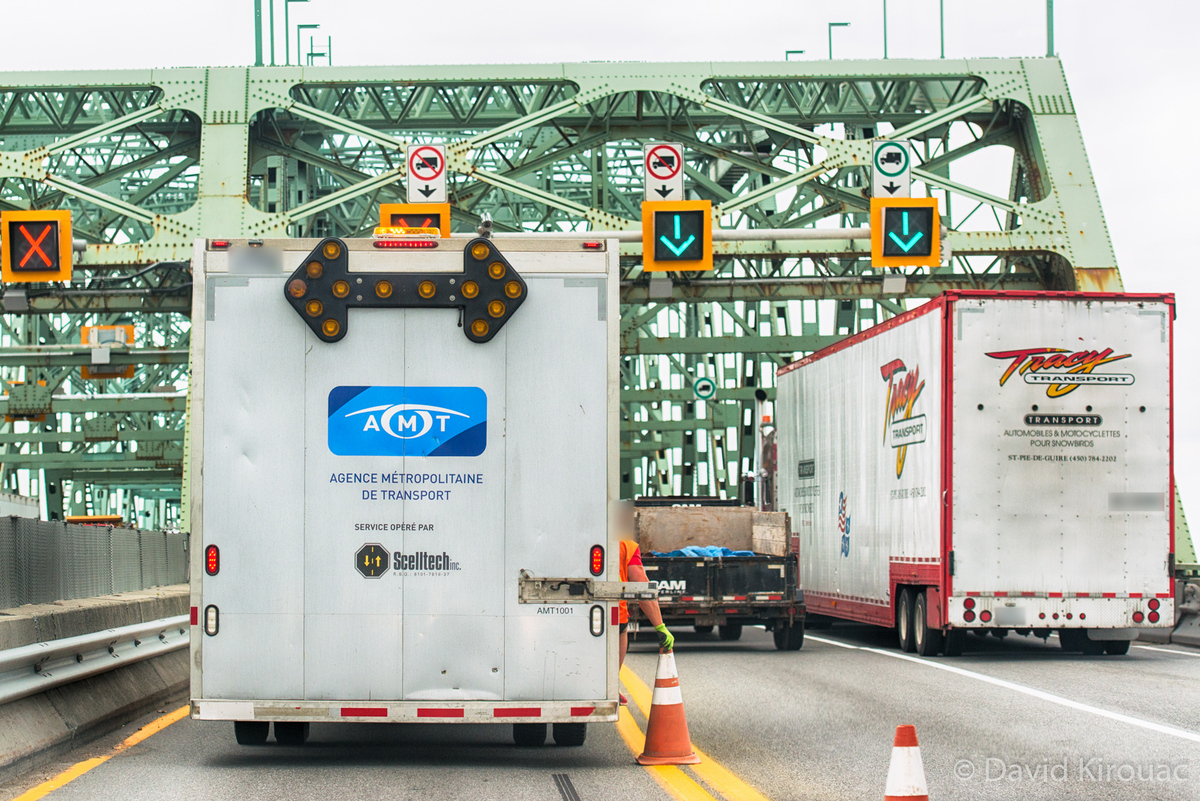It has all its funding lined up ($1.283 billion Provincial, $1.283 billion Federal, $100 million municipal, $2.67 billion CdP), which is impressive enough. The DRL has been on the books forever and all they were able to fund is studies.
You don't think the central portion of the REM hasn't been in on book forever? Think about it - one if it's earlier names was "Line 3". Given Line 4 opened in 1967, that should give you some idea how old plans for rapid transit along the centre part of the REM is!
It may well happen - there does seem to be some momentum. But I'll believe it when there are shovels in the ground. Certainly for the Trudeau and St-Anne legs.
There is a pre-built station in the airport,
Is there? When did they add that? You'd have thought they'd have learned their lesson after their roughed-in station at Mirabel - I wonder what happened to that when they demolished the terminal.
This way, we would be doing the tunneling in places that make sense (downtown, under Rene-Levesque) instead of under a runway.
Tunnelling under a runway isn't particularly difficult. And certainly simpler than all the services you'd have to deal with under Dorchester - though you'd probably end up so deep, you'd be underneath much of it. Look at airports around the world, and they are riddled with tunnels.
Tunelling may not even be necessary, since there is extra room in the decked-over Ville-Marie expressway.
Where? Didn't seem to be any extra room down there before they decked it over - and not that much is decked. There's the piece between St-Andre and Hotel-de-Ville, and the small piece covered by the Palais des congres. Most of what you need is the deep tunnel between there and Guy, that's too steep for rail.
... the planned Cavendish extension north at Cote-St-Luc.
Oh, is that back on again? 50 years in the making. I wonder how Cote-St.-Luc and TMR will scupper it this time.
I also think it's quite an impressive feat - nothing short of a minor miracle - that they managed to pull together nearly $6 billion in city/provincial/federal/private funding, less than 1 year after its initial announcement in April 2016.
Compare to the $5.3 billion Line 5 along Eglinton that went from a pipe dream in 2007, to fully-funded in 2009. Sometimes things come together.
But it's not exactly a start in 2016. The main new link is the LRT connection over the St. Lawrence. Construction began over 2½ years ago, and light rail has been a part of that plan for a decade. Recall that AMT released was studying LRT in the Autoroute 10 corridor for years as one of it's Grand Projets. The seemed to start getting serious around 2007 or so, when it became clear that the Champlain Bridge replacement was going to give an opportunity to build something, but I think the first AMT studies date back to 1998, for the A10.
Then much of the track from the end of that project, has already been in commuter rail service for 100 years, and was part of the long-planned Metro Line 3. The big spend on this section is the deep platforms at Metro Vincent-d'Indy - or whatever they renamed it to. This has been planned since the early 1960s, and very seriously since Line 5 design began in around 1971.
Even the spur to Trudeau comes of the the Train de l'Ouest studies, mostly on a spur off the Deux-Montagnes line all the way to Fairview.









